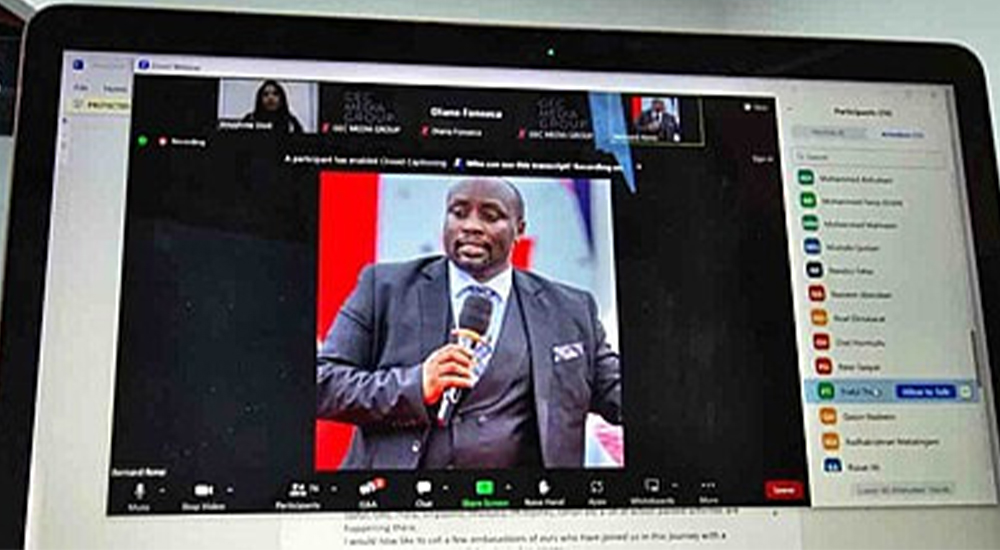The role of the LAN is changing and will continue to do so for the foreseeable future. Failing to keep up will affect productivity, competitive position and reputation. So how do you keep up with the demands of new technologies, platforms, and users? Or ensure you have enough useful redundant spare capacity? Let’s take a look at the key drivers for change.
Convergence
Just a few years ago, in-building resources were devoted to single functions, such as telephony, internet, or security. The technology and business drivers for bringing these services together on a single converged platform are here to stay. However, trends such as hot-desking and smart-desking are now being adopted more widely following Covid-19 measures.
More and more network managers are discovering the cost and efficiency benefits of having only one network to manage. An Everything over IP or All-IP approach, linking building management and devices to the building network over Ethernet, Internet Protocol, allows previously separate systems to merge. Cabling provides Power over Ethernet as well as a physical communication layer.
Network managers are discovering the efficiency benefits of having only one network to manage
Power over Ethernet
The fast global uptake of connected LED lighting, sensor technology, and IP-equipped devices are making Power over Ethernet a necessity. Providing current over Ethernet cabling allows devices to be installed and moved around without having to worry whether there’s an electrical outlet close by. Power delivered through new generations of PoE is more than six times the level of the initial PoE standard.
What IS more, some applications, for example in the areas of signage, lighting and security require continuous power. This means a significantly increase heat build-up inside cable bundles, which may disrupt network IP traffic. This requires a new look approach to planning, installing and operating the network.
An Everything over IP approach, linking building management and devices to the building network over Ethernet, allows separate systems to merge
Wi-Fi 6
Evolution in wireless technology is inevitable, with 24 billion web-connected devices. Over half of these are connected wirelessly and are capable of transmitting HD content. Wi-Fi 6 is ideal for the Internet of Things and designed to connect the largest possible number of devices. As more devices share wireless bandwidth it can become increasingly diluted, even to the point of becoming unusable.
As Wi-Fi6 makes more advanced applications possible, the LAN needs to provide ubiquitous capacity, with plenty of bandwidth reserves, to the Wireless Access Point. To benefit from the higher speeds and lower latency Wi-Fi 6 brings, it is important that there are no weak – outdated – links in your connectivity chain. Wi-Fi 6 WAPs will often require compliance with the PoE+ standard 802.3at.
Cabling provides Power over Ethernet as well as a physical communication layer
Flexibility
You may need to accommodate a large number of new devices to support IoT or edge computing applications. Or you might need to introduce a large number of new employees. Production plants may need to increase the number of connected devices or accommodate machine-to-machine communications.
A Fibre to The Office solution can help. It provides Gigabit Ethernet to end user devices by combining passive fibre cabling and active switches. High bandwidth reserves and availability of a single fibre bundle with up to 144 connections ensures readiness for future growth. Short link lengths 3-5m between switch and end devices, and the absence of cable bundles, reduce power and heating losses.
Evolution in wireless is inevitable, with 24 billion connected devices and over half of these connected wirelessly and capable of transmitting HD content.




